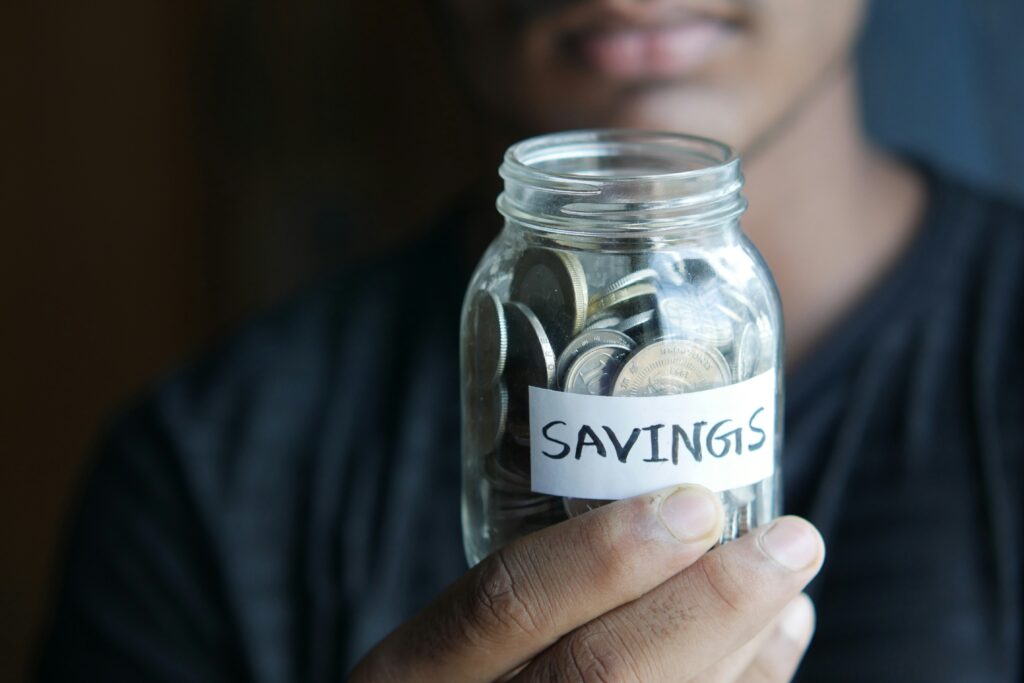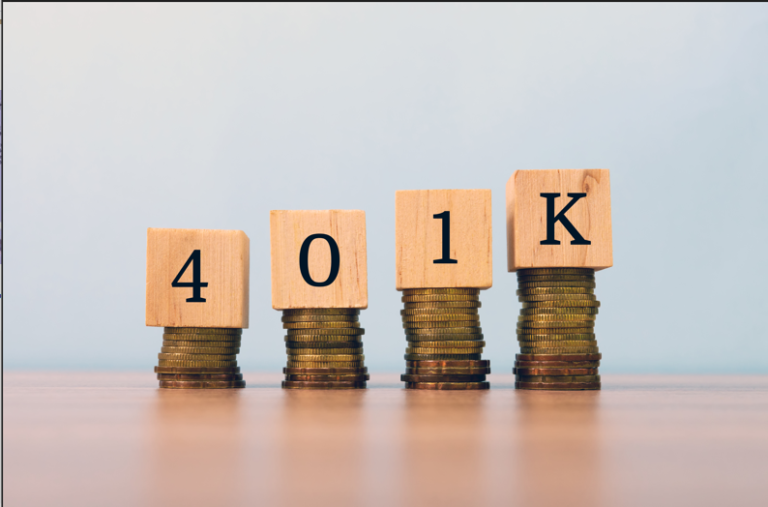Managing your money can seem overwhelming, but with the right strategies and tools, you can take charge. This guide will give you the key knowledge and steps to become a pro at budgeting.
If you’re finding it hard to make ends meet, want to save more, or just want to understand personal finance better, this guide is for you. You’ll learn how to manage your budget and control your finances. From figuring out where your money comes from and where it goes to setting goals and making a budget plan, you’ll get all the skills you need.
A hand holding a set of keys and a piggy bank, symbolizing the idea of taking control of finances by budgeting and saving for future expenses. In the background, an image of a spreadsheet or calculator can be seen. The color scheme should be calming and neutral, with blues and greens.
Key Takeaways
- Understand the importance of budgeting for financial stability
- Identify and categorize your income and expenses
- Set achievable short-term and long-term financial goals
- Explore various budgeting methods and strategies
- Utilize budgeting apps and tools to streamline the process
- Develop a personalized budget plan that aligns with your financial objectives
- Overcome common budgeting myths and misconceptions
Understanding the Importance of Budgeting
Budgeting is key to personal finance management. It greatly affects your financial stability and success. By learning about budgeting, you can reach your financial goals, cut debt, and secure your financial future.
Why Budgeting Matters for Financial Stability
Budgeting is more than just tracking spending. It’s a strategy for managing your money saving strategies. A good budget shows you where your money comes from and goes to. This lets you make smart choices about spending.
This way, you can:
- Spot and stop unnecessary spending
- Focus on what’s important and use your money wisely
- Save for now and later financial goal setting
- Cut or get rid of debt reduction techniques
Mastering budgeting gives you control over your money, lowers stress, and sets you up for financial stability.
Common Budgeting Myths and Misconceptions
Many people think budgeting is hard or useless. But, it has big benefits. Here are some myths:
- “Budgeting is too strict and takes the fun out of spending.” Actually, it lets you spend on what matters most.
- “I don’t have enough time to budget.” Budgeting takes just a few minutes a week, and the benefits are huge.
- “Budgeting is only for people with financial problems.” It’s good for everyone, no matter your income or financial situation.
By clearing up these myths, you can take charge of your money. This leads to a more secure and satisfying financial future.
Create an image of a person holding a piggy bank, surrounded by piles of coins and bills. The person should have a determined look on their face, conveying the sense of taking control of their finances through budgeting. The piggy bank should be overflowing with coins, representing the benefits of saving through budgeting. The piles of money around should be disorganized and chaotic, contrasting with the organized and controlled nature of budgeting. The background could be a simple, neutral color to keep the focus on the central figure and their actions.
“A budget is telling your money where to go instead of wondering where it went.” – Dave Ramsey
The Ultimate Guide to Budgeting
Making a detailed budget is key to managing your money well. This guide will show you how to make a budget that helps you reach your financial goals. It’s all about taking charge of your money.
Tracking your income and spending is the core of budgeting. By listing your income and spending, you understand where your money goes. This helps you make smart choices about spending and saving.
Setting realistic financial goals is a big part of budgeting. Maybe you want to pay off debt, save for a house, or build an emergency fund. Having clear goals helps guide your financial decisions.
There are many ways to budget, from the simple envelope system to the 50/30/20 rule. You can find a method that fits your life and likes. Also, use budgeting apps and tools to make it easier and get more insights.
Good budgeting is an ongoing task that needs regular checks and tweaks. By keeping an eye on your budget and making changes as needed, you’ll get closer to financial stability. This way, you can meet your budget and saving goals.
The ultimate guide to budgeting is for everyone, but it’s tailored to your needs. It’s a journey that changes as your financial life does. Stick with it, and you’ll see how powerful budgeting can be for your financial future.

Create an image of a person holding a compass and a map, standing at the crossroads of two paths. One path is labeled “income” and the other is labeled “expenses.” The person is looking determinedly at the map, indicating that they are taking control of their financial journey. In the background, there are images of various everyday expenses such as groceries, transportation, and housing, reminding the viewer of the importance of budgeting. The overall tone of the image should be positive and empowering.
Tracking Your Income and Expenses
Understanding your income and expenses is key to good personal finance management. By tracking where your money comes from and goes, you can make a realistic budget. This helps you take control of your finances. We’ll look at how to find your income sources and sort your expenses for a solid budget plan.
Identifying Your Income Sources
First, list all your income sources, both main and extra. Your main income might be from a full-time job, freelance work, or a regular paycheck. Extra income could be from rental properties, investments, or side jobs. Write down all these sources, including how often and how much you earn from each.
Knowing your total income helps you plan for your budget and saving goals. It’s important for good expense tracking tips and personal finance management.
Categorizing Your Expenses
Next, sort your expenses into different groups. These can be things like housing, transport, utilities, food, entertainment, and other. This makes it easier to see where you might spend less or better.
Be specific when sorting your expenses. Instead of just “Groceries,” break it down into “Grocery Store,” “Dining Out,” and “Takeout.” This gives you a clearer picture of your spending. It helps you make smart choices for your budget and saving.
Create an image of a hand holding a pen, writing down daily expenses in a notebook. Show a calculator beside the notebook and a stack of bills and coins in the background. Make the color scheme blue and green to represent money and financial stability.
By tracking your income and expenses well, you’re on your way to a strong personal finance management plan. With this knowledge, you can set realistic financial goals. Then, create a budget that fits your needs and dreams.
Setting Realistic Financial Goals
Budgeting is more than just tracking your spending. It’s about setting goals that match your dreams. Financial goal setting is key in personal finance. It gives you a clear path and motivation for saving and budgeting.
Short-term vs. Long-term Goals
It’s vital to balance short-term and long-term financial goals. Short-term goals are quicker to reach and give you immediate rewards. Long-term goals need patience but can greatly improve your finances.
Examples of short-term financial goals include:
- Building an emergency fund with 3-6 months’ worth of living expenses
- Paying off high-interest credit card debt
- Saving for a down payment on a home
Long-term financial goals might be:
- Saving for retirement
- Paying off student loans
- Funding a child’s education
- Purchasing investment properties
Having both short-term and long-term financial goals helps you plan better. It ensures you meet your immediate needs and work towards your big dreams.
“The key to achieving your financial goals is to make them specific, measurable, and time-bound. This will help you track your progress and stay motivated along the way.”
Financial goal setting is a continuous process. It’s crucial to check and adjust your goals as things change. By setting realistic financial goals, you’re on your way to managing your money better and reaching your financial goals.
Creating a Budget Plan
Making a detailed budget plan is key to managing your money well. It helps you decide how to use your income, keep track of your spending, and set financial goals. This way, you can control your spending and aim for a better financial future.
Budgeting Methods and Strategies
There are many ways to budget, from the old-school envelope system to modern apps. The envelope method uses cash in different envelopes for each type of expense. On the other hand, apps like Mint or YNAB make tracking easier and give you detailed reports. Try out different methods to see which fits your spending and financial goals best.
Budgeting Apps and Tools
Use technology to make budgeting easier. Apps like Mint, YNAB, and Acorns offer features like tracking expenses, reminders for bills, and insights into your spending. These tools can keep you updated on your finances, show where you can cut back, and help you make smart money choices. Look through the options and pick the one that meets your needs and likes.
FAQ
What is the purpose of budgeting?
Budgeting helps you achieve financial stability and reach your goals. It lets you control your money better. This way, you can make smart choices about spending and saving. You can work towards goals like paying off debt, saving for emergencies, or buying something big.
How do I start creating a budget?
Start by tracking your income and expenses. List all your income sources and sort your expenses into fixed, variable, and discretionary. This helps you understand your finances and plan your budget.
What are the most effective budgeting methods?
Top budgeting methods include the 50/30/20 rule, the envelope system, and zero-based budgeting. The 50/30/20 rule allocates 50% for essentials, 30% for fun, and 20% for savings and debt. The envelope system uses cash for expenses. Zero-based budgeting assigns every dollar a purpose.
How do I set realistic financial goals?
First, think about your big dreams, like buying a home or retiring well. Break these into smaller steps you can take over time. Make sure your goals are clear, reachable, and have a timeline. Update them as your finances change.
What are the best budgeting apps and tools?
Top apps include Mint, YNAB, Mvelopes, and PocketGuard. They help track your money and offer features like spending categories and bill reminders. Try different apps to find the best fit for you.
How can I reduce my expenses and increase savings?
Cut back on things like eating out or entertainment. Negotiate bills for services like internet or insurance. Automate savings to make it easier to reach your goals.
What steps can I take to pay off debt?
Create a debt repayment plan and focus on high-interest debts first. Use methods like the debt snowball or avalanche. Set aside a budget for debt and look for ways to earn more or spend less. Check your progress and adjust your plan as needed.






